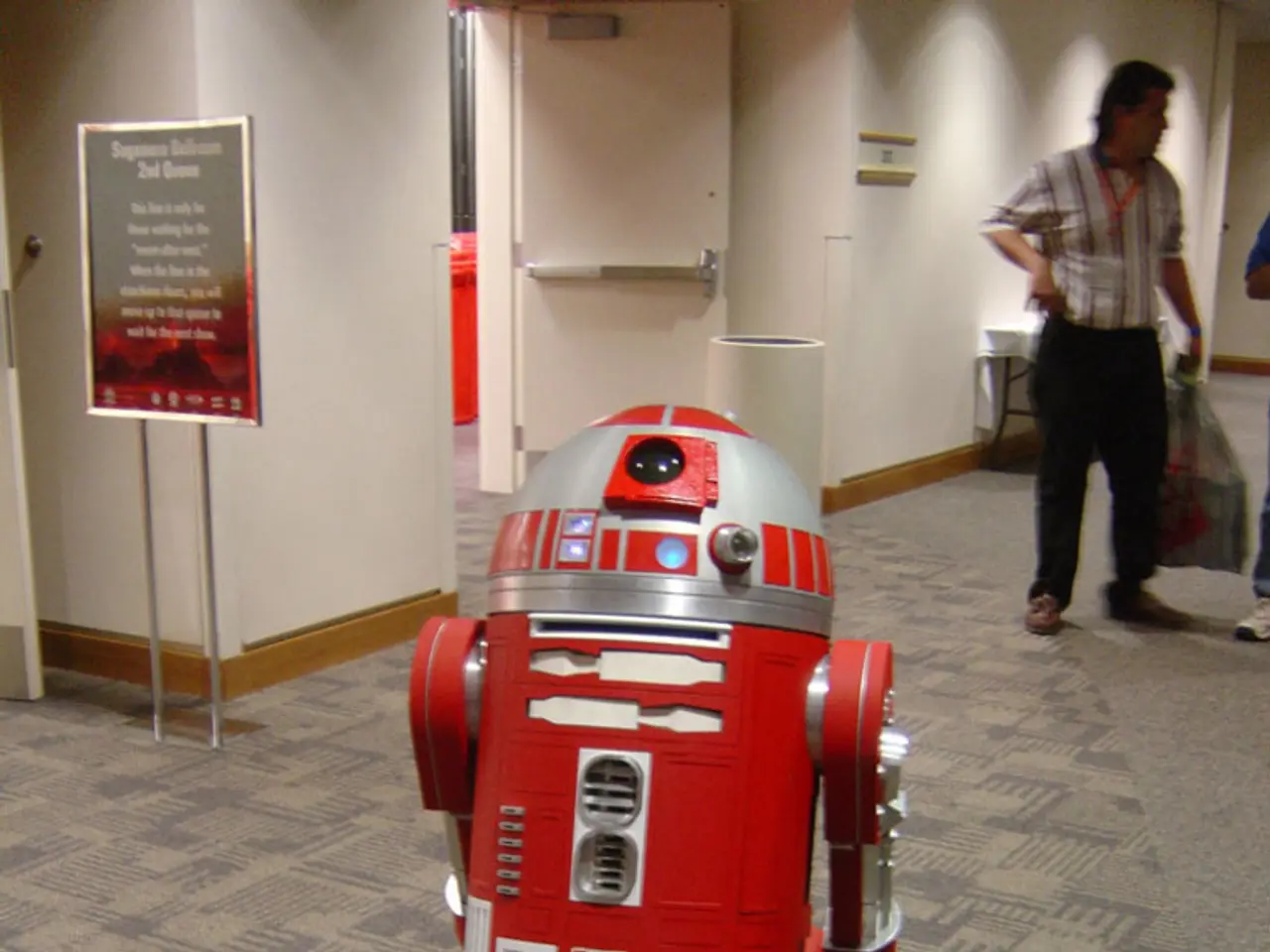Human-like dexterity demonstrated by American robotic system, as it masterfully folds towels through advanced cerebral processing
In a groundbreaking development, Figure, a leading company in robotics, has unveiled its Helix model – a Vision-Language-Action (VLA) system that merges perception, language comprehension, and learned control. This innovative model is designed to operate on two robots simultaneously, enabling multi-robot collaboration for shared, long-term tasks involving unfamiliar objects.
The Helix-equipped robots can perform a variety of actions with human-like adaptability, such as picking and placing, operating drawers and refrigerators, and even cross-robot interaction. One of the most impressive demonstrations of this model is its ability to handle a wide range of small household items, even those it has not previously encountered, guided by natural language prompts for intuitive operation.
The key innovation behind Helix is its end-to-end operation, integrating vision, natural language understanding, and action control. This allows the robot to perceive its environment, understand instructions, and adjust its movements dynamically, without the need for detailed object models and task-specific tuning. This breakthrough enables multi-robot collaboration and task generalisation using a single neural network.
Robots powered by Helix do not require hard-coded behaviours or extensive retraining for every new task. Instead, they learn more like humans by continuously seeing, acting, and adjusting based on real-time feedback. This approach allows them to perform complex, unstructured tasks with high precision while running efficiently on low-power GPUs optimised for real-world applications.
Figure's latest video demonstration showcases the Helix model's capabilities, with a humanoid robot folding towels with human-like adaptability. The robot, named Figure's 02, demonstrates improved adaptability and expedited learning for practical robotic applications. While the movements are steady but not perfect, the progress represents a significant step towards creating robots that can perform tasks as dexterously as humans.
The Helix AI model addresses long-standing challenges in robotics, including balancing speed with generalisation, scaling to high-dimensional actions, and maintaining architectural simplicity using standard models. This model offers a novel method of controlling upper-body manipulations, allowing for human-like movements and interactions.
In summary, Figure’s Helix model helps robots adapt actions flexibly and autonomously without heavy programming or repeated demonstrations by tightly coupling perception, language, and motor control in a unified learning system that generalises across tasks and environments. This development is set to revolutionise the field of robotics, making robots more versatile and capable of performing a wider range of tasks in our daily lives.
- The novel Helix AI model, developed by Figure, merges science, technology, and robotics, enabling robots to handle a wide variety of tasks and objects through innovation in vision, natural language understanding, and action control.
- Science and innovation in robotics have been advanced with Figure's groundbreaking Helix model, which integrates perception, language comprehension, and action control, leading to robots that can adapt actions flexibly and autonomously, revolutionizing the field's potential for daily life applications.




